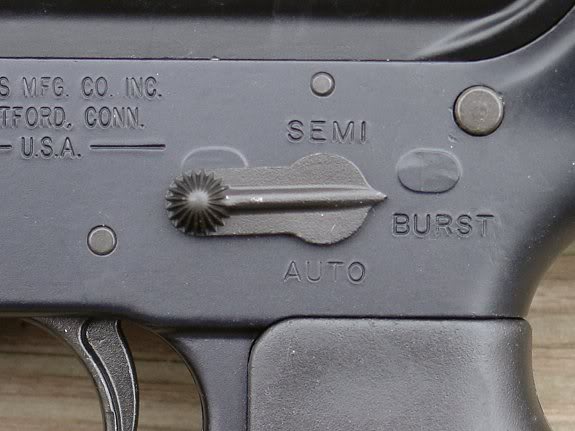Yenaldlooshi
Banded Mongoose
OK, I hope the great minds in this forum can support this still. I just joined a group of players who are insisting we all abide by "Mongoose 1e" rules. Me being new, assumed that "1e" meant the Core 2020 book as opposed to Core Update 2022... silly me.
So, now I am trying to figure out the combat system of this older legacy system and no offence the legacy developers, but after working with Core22, this system feels like a bit of a hot mess. Anyway, here are my current big questions:
Page 62 states: "When using auto-fire, roll a number of dice equal to the Auto rating of the weapon and sort them into pairs as you wish. Each pair is an attack.", but then it does not give any examples of how this works.
I think I get it though so here is my example. Tell me if I have this correct;
Attacking full Auto-Fire with an ACR with a laser sight against one single target.
I have a skill of Gun Combat (Slug Rifle) level 3
I have aimed for 1 minor action
Auto score of weapon is 6 (page99)
I roll 6 dice and get 4,3,1,2,4,2
I pair them as follows:
1 + 4 = 5
2 + 3 = 5
2 + 4 = 6
For all 3 pairs I can add:
+1 Laser Sight
+1 for the aiming action
+1 for Skill (this is limited to +1 and not +3 because of the Auto-Fire rule cap on skill)
Modified results into 3 successful attacks.
5 + 3 = 8, hits with effect of 0
5 + 3 = 8, hits with effect of 0
6 + 3 = 9, hits with effect of 1
With this, I can roll damage as:
3d6 +0 - armor
3d6 +0 - armor
3d6 +1 - armor
I have used 3 x 6= 18 rounds of ammo
Due to recoil, my initiative will be reduced by: ((6 / 2) + 0)- STR DM if the number is greater than 0.
Is this all correct?
So, now I am trying to figure out the combat system of this older legacy system and no offence the legacy developers, but after working with Core22, this system feels like a bit of a hot mess. Anyway, here are my current big questions:
Page 62 states: "When using auto-fire, roll a number of dice equal to the Auto rating of the weapon and sort them into pairs as you wish. Each pair is an attack.", but then it does not give any examples of how this works.
I think I get it though so here is my example. Tell me if I have this correct;
Attacking full Auto-Fire with an ACR with a laser sight against one single target.
I have a skill of Gun Combat (Slug Rifle) level 3
I have aimed for 1 minor action
Auto score of weapon is 6 (page99)
I roll 6 dice and get 4,3,1,2,4,2
I pair them as follows:
1 + 4 = 5
2 + 3 = 5
2 + 4 = 6
For all 3 pairs I can add:
+1 Laser Sight
+1 for the aiming action
+1 for Skill (this is limited to +1 and not +3 because of the Auto-Fire rule cap on skill)
Modified results into 3 successful attacks.
5 + 3 = 8, hits with effect of 0
5 + 3 = 8, hits with effect of 0
6 + 3 = 9, hits with effect of 1
With this, I can roll damage as:
3d6 +0 - armor
3d6 +0 - armor
3d6 +1 - armor
I have used 3 x 6= 18 rounds of ammo
Due to recoil, my initiative will be reduced by: ((6 / 2) + 0)- STR DM if the number is greater than 0.
Is this all correct?
